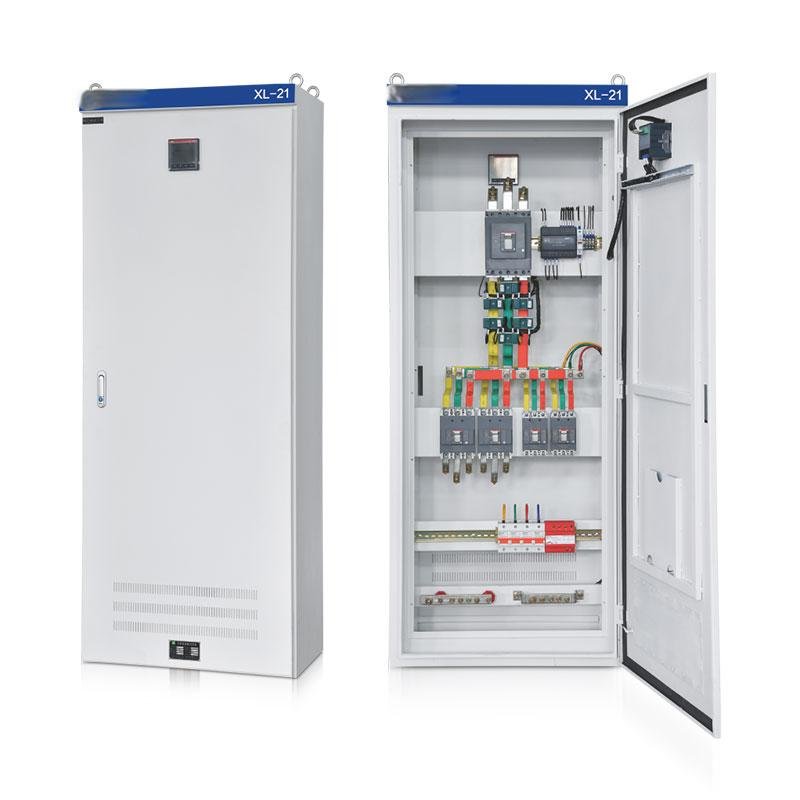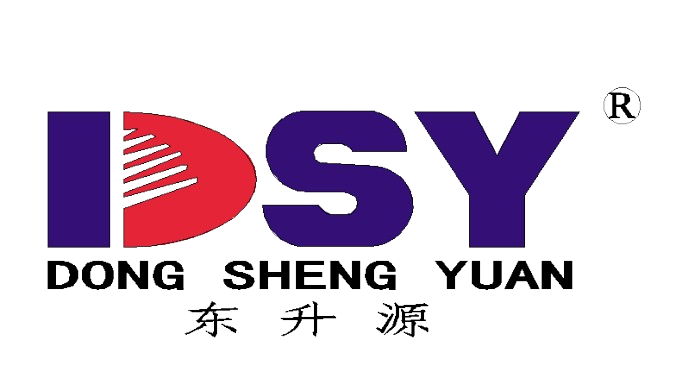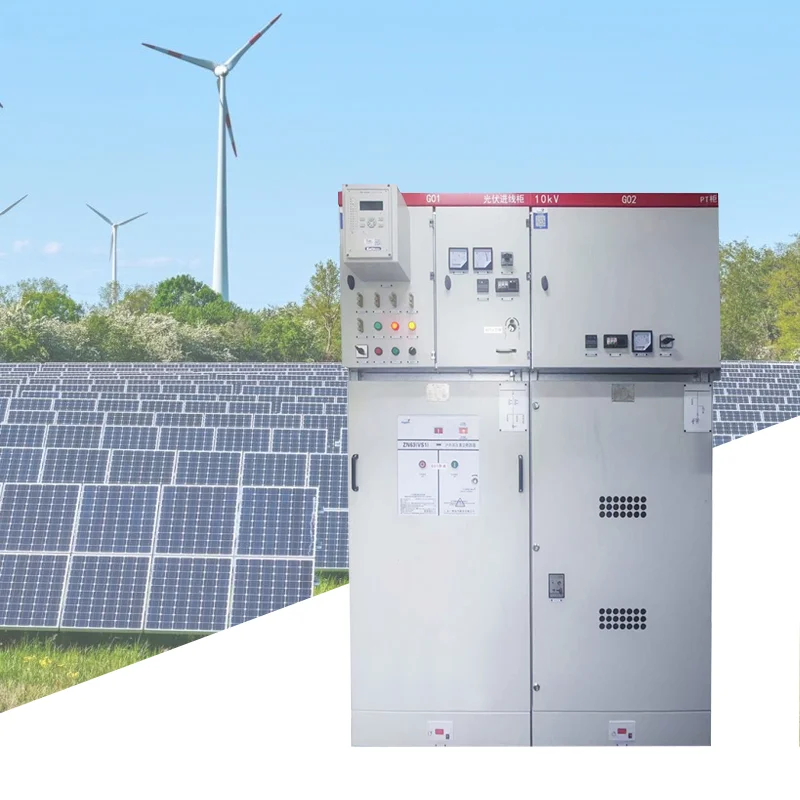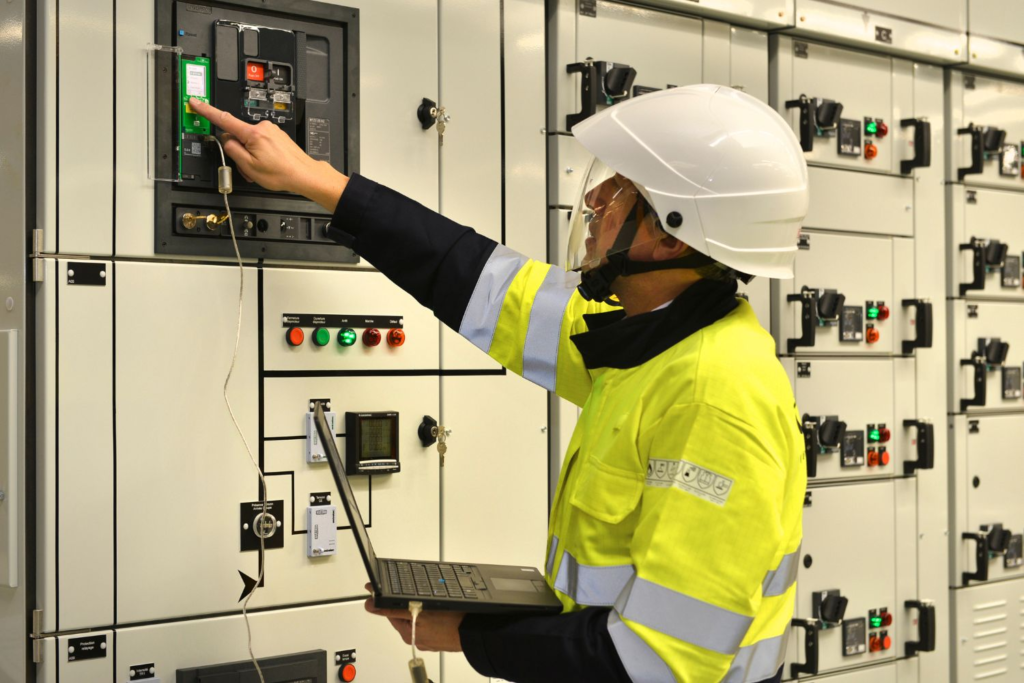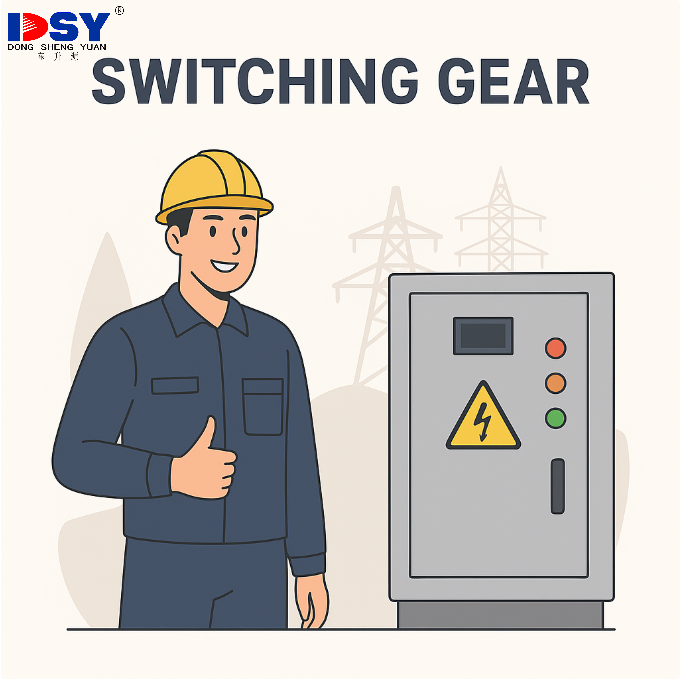Low Voltage Power Distribution Switchgear: A Complete Guide
Introduction
Low Voltage (LV) Power Distribution Switchgear plays a crucial role in modern electrical systems. It is used to safely distribute electrical power from transformers or generators to various loads, while protecting circuits from overload, short circuits, and other electrical faults.
For industries, commercial buildings, data centers, and infrastructure projects, choosing the right LV switchgear ensures operational safety, energy efficiency, and long-term reliability.
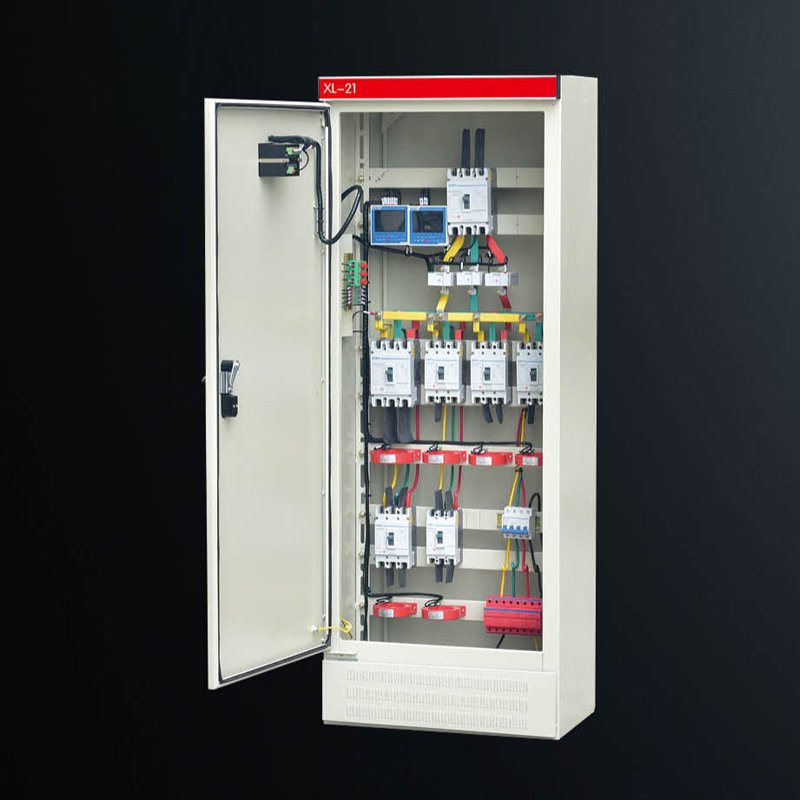
What Is Low Voltage Power Distribution Switchgear?
Low Voltage Switchgear refers to an assembly of electrical devices such as circuit breakers, disconnect switches, fuses, and busbars designed to operate below 1,000 volts AC.
Main functions include:
-
Power Distribution: Delivering electricity from the source to different circuits.
-
Protection: Preventing damage due to overloads, short circuits, or faults.
-
Control: Managing and isolating electrical circuits for maintenance and safety.
-
Monitoring: Tracking system performance and electrical parameters.
Key Considerations When Buying LV Switchgear
When sourcing low voltage power distribution switchgear, electrical buyers should evaluate:
-
Rated Voltage & Current Capacity – Ensure the equipment matches your system requirements.
-
Short-Circuit Withstand Strength – Select gear that can safely handle fault current levels.
-
Protection Devices – Look for integrated circuit breakers, relays, or fuses for enhanced safety.
-
Flexibility & Expandability – Modular switchgear allows for future system upgrades.
-
Safety Standards Compliance – Confirm certification with IEC, ANSI, or local standards.
-
After-Sales Support & Spare Parts – Reliable manufacturers provide technical support and easy-to-replace components.
-
Cost vs. Reliability – Balance upfront investment with long-term operational costs.
Comparison Table: Types of Low Voltage Switchgear
| Feature | Fixed Type LV Switchgear | Withdrawable Type LV Switchgear | Intelligent LV Switchgear |
|---|---|---|---|
| Installation | Economical, compact | Modular, flexible maintenance | Advanced with monitoring |
| Maintenance | Requires power shutdown | Easy to replace without outage | Predictive & real-time |
| Safety | Standard protection | Higher safety & isolation | Highest safety, automated |
| Cost | Low | Medium | High |
| Applications | Small industries, offices | Factories, data centers | Smart grids, large plants |
Frequently Asked Questions (FAQ)
Q1: What is the voltage range of LV switchgear?
LV switchgear typically operates at up to 1,000 V AC or 1,500 V DC.
Q2: Can LV switchgear be customized?
Yes. Manufacturers can provide customized enclosures, protection schemes, and smart monitoring features.
Q3: What industries use LV switchgear?
Common users include manufacturing plants, utilities, commercial complexes, hospitals, and data centers.
Q4: How long does LV switchgear last?
With proper maintenance, quality switchgear can operate for 20–30 years.
Q5: What standards apply to LV switchgear?
Globally, IEC 61439 and ANSI C37 are the main standards.
Conclusion
Low Voltage Power Distribution Switchgear is a vital component for ensuring safe, efficient, and reliable electrical power management. By considering rated capacity, safety features, expandability, and compliance with standards, buyers can make informed decisions that protect both equipment and personnel.
When choosing a supplier, always prioritize quality, after-sales support, and international certifications to guarantee long-term value.
